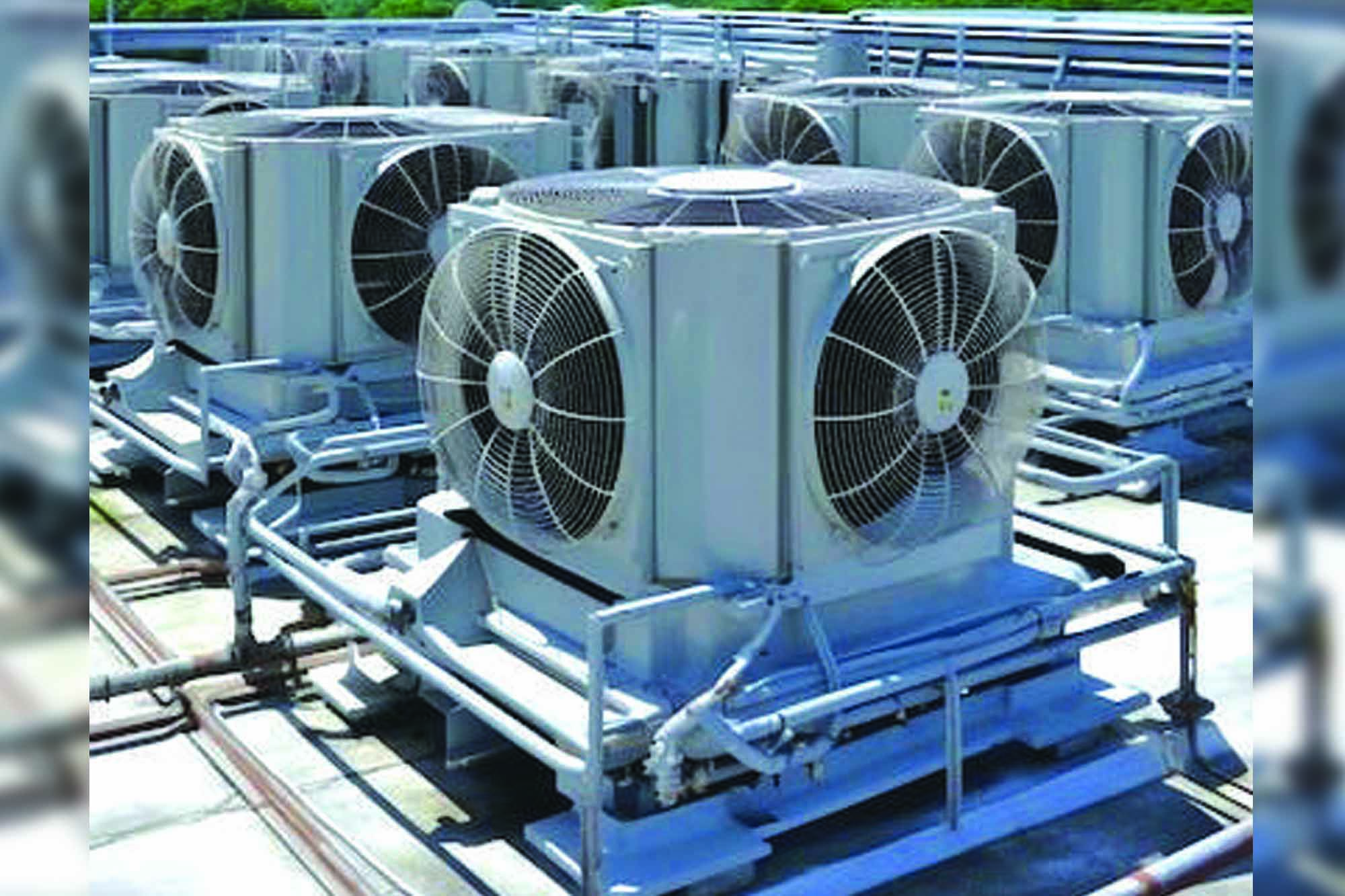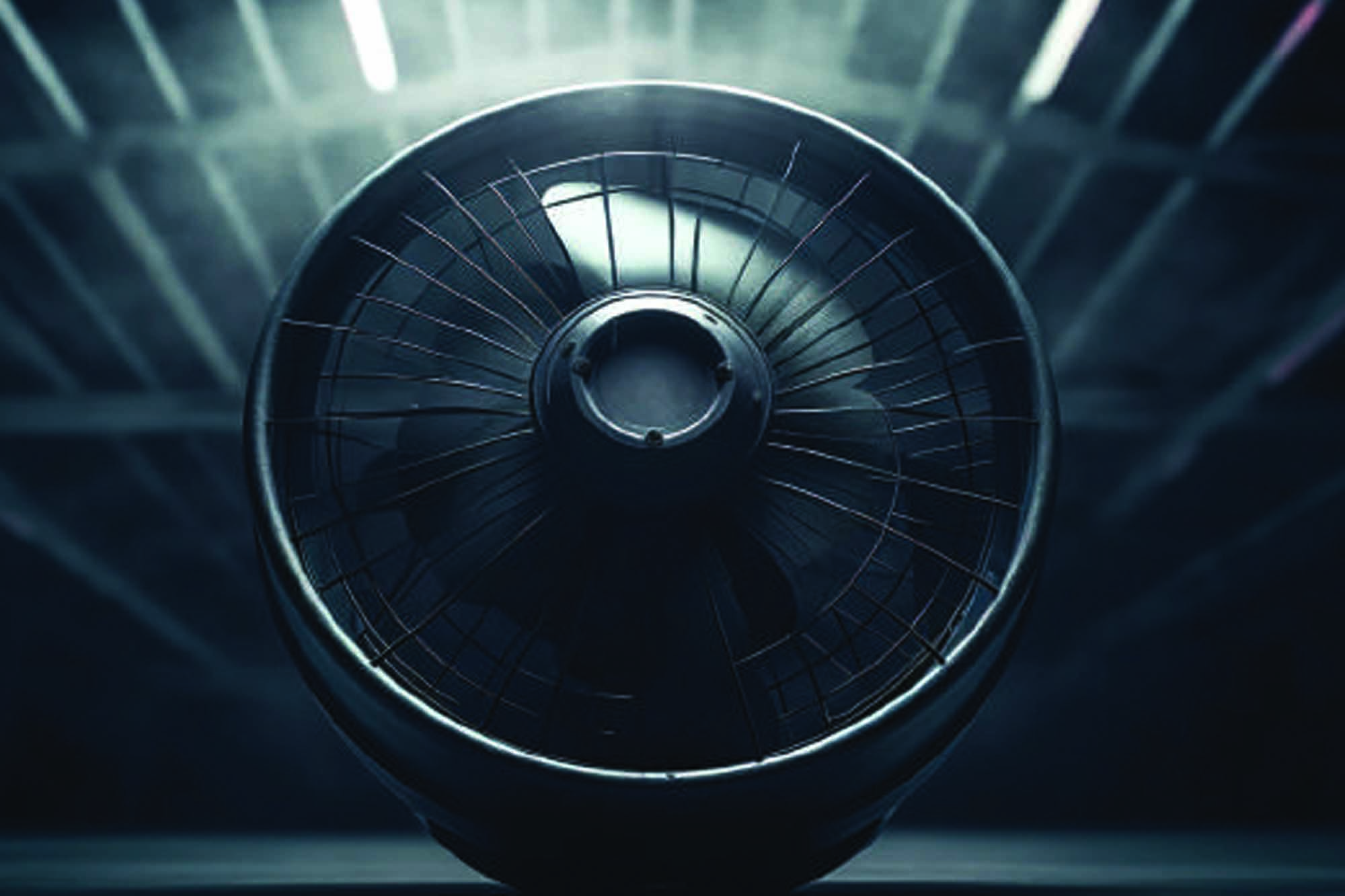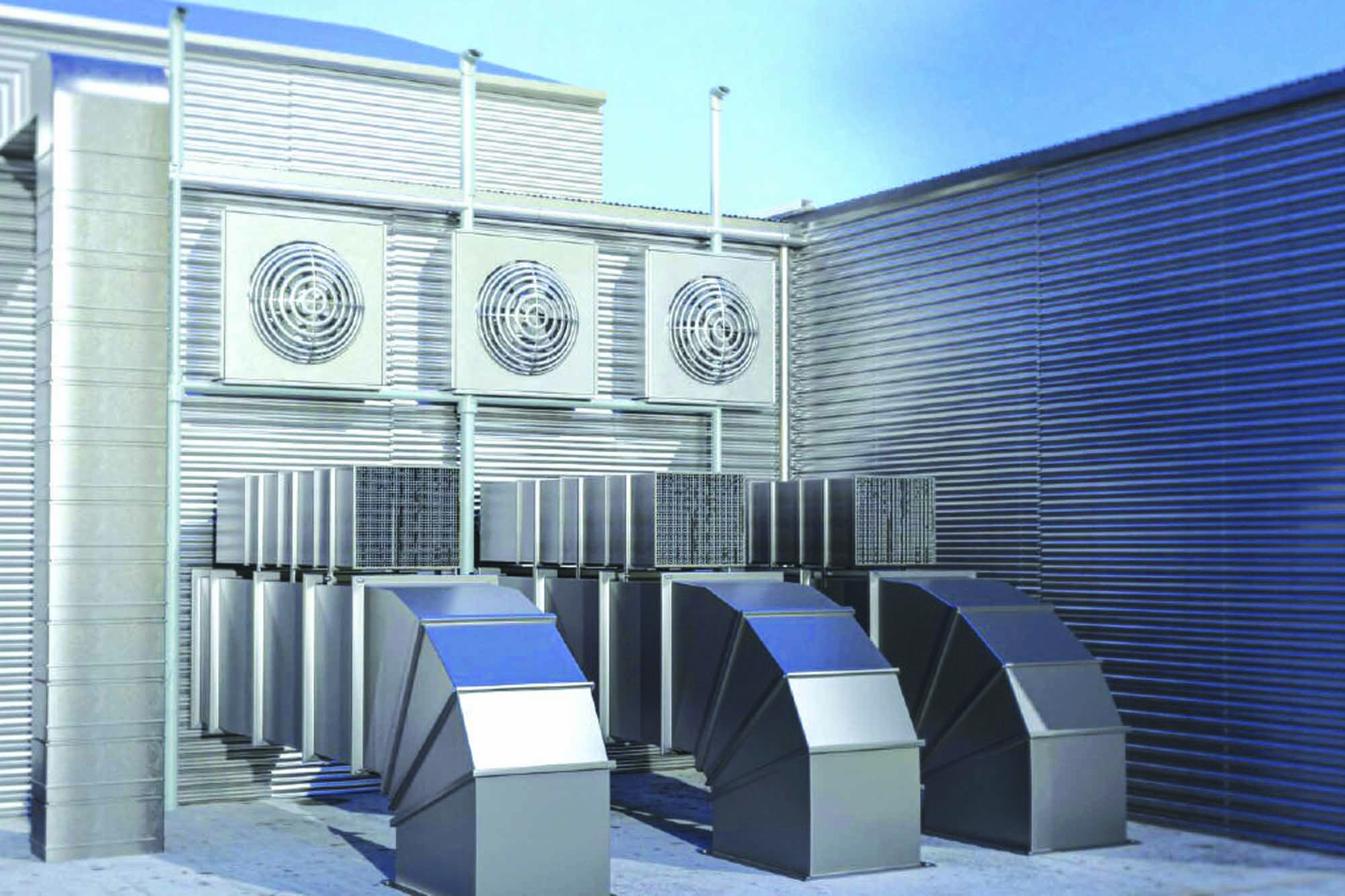Beyond their traditional roles, HVAC systems are becoming intelligent ecosystems that optimise energy use and enhance indoor air quality. Discover how advanced sensors and predictive maintenance are revolutionising the way buildings breathe.
HVAC systems have been pivotal in construction for centuries, delivering indispensable functions like heating, cooling, and ventilation. The selection and design of HVAC systems can also influence other performance objectives, such as water conservation (via water-cooled AC units) and acoustic considerations, contributing to safer and healthier building environments.
Efficient HVAC systems play a vital role in maintaining optimal temperature and humidity levels by drawing fresh air from the external environment. They typically integrate components like thermostats and heating units to provide effective cooling. Given the critical role of HVAC systems in buildings, specialised HVAC consultants wield significant influence in the industry. Today, modern buildings are considered complete only with a well-functioning HVAC setup.
This story explores the benefits of energy-efficient and sustainable HVAC systems to construction projects.

Innovative technologies leading the charge
Smart HVAC Systems equipped with IoT (Internet of Things) capabilities exemplify innovation by enabling real-time monitoring and control. B Gautham Baliga, Director of Opal HVAC Engineers Pvt Ltd, states, “Integration of IoT allows predictive maintenance and energy optimisation based on occupancy patterns, enhancing operational efficiency.”
Variable Refrigerant Flow (VRF) Systems offer precise temperature control in different building zones, adapting refrigerant flow according to demand. Manish A Dandekar, Proprietor of Dandekar HVACR System, emphasises, “VRF systems optimise energy use by adjusting cooling and heating capacities dynamically.”
Energy Recovery Ventilation (ERV) systems capture heat or coolness from exhaust air to precondition incoming fresh air, thus enhancing efficiency without compromising indoor air quality. Rahul Juniwal, Founder of Andhra Refrigeration, notes, “ERV systems contribute to energy savings and support green building certifications like LEED and BREEAM.”
Green design and sustainability
Green HVAC Design integrates renewable energy sources such as solar thermal and geothermal heat pumps, reducing reliance on fossil fuels. Gautham Baliga states, “Incorporating renewable energy into HVAC systems is crucial for achieving sustainability goals and reducing carbon footprints.”
Advanced Air Purification Technologies, including UV germicidal irradiation and advanced filtration systems, are pivotal in enhancing indoor air quality by removing pollutants and pathogens. Ashwin Bhadri, Founder & CEO of Equinox Lab, states, “Advanced air purification technologies ensure healthier indoor environments, supporting occupant well-being.”
Strategies for energy efficiency in HVAC systems
High-efficiency equipment, such as boilers and chillers with high SEER and EER ratings, forms the foundation for reducing energy consumption. Proper sizing and design ensure HVAC systems match building loads accurately, preventing inefficiencies from oversizing or undersizing.

Insulation and Air Sealing of building envelopes minimise heat loss or gain, easing the workload on HVAC systems and enhancing overall energy efficiency. Zoning and Controls, another critical strategy, enable targeted temperature control in different building areas based on occupancy and usage patterns.
Regular Maintenance and Tune-Ups of HVAC equipment are essential to sustain optimal performance and efficiency over time. Energy Recovery Systems, like ERVs and HRVs, recover energy from exhaust air to pre-condition incoming fresh air, further reducing heating and cooling loads.
Adopting Renewable Energy by integrating solar thermal or photovoltaic systems for electricity generation reduces dependence on conventional energy sources, aligning HVAC operations with sustainable practices.
Commissioning and Monitoring ensure HVAC systems operate as designed, continually optimising performance and identifying areas for improvement. Educating Occupants on energy-saving practices completes the cycle, encouraging responsible energy use and maximising HVAC efficiency.
The path forward: Integrating innovation and sustainability
Energy-efficient and sustainable HVAC systems are not merely options but imperatives for the construction industry’s future. Through continual innovation and strategic implementation of advanced technologies, stakeholders can achieve substantial energy savings, reduce environmental impact, and enhance occupant comfort and well-being.
As Ashwin Bhadri highlights, “The integration of advanced HVAC technologies and rigorous analysis through energy modelling and life cycle cost analysis empowers stakeholders to make informed decisions aligned with sustainability goals.”
With these advancements, HVAC systems are set to play an increasingly critical role in shaping a more sustainable and energy-efficient built environment. By embracing these technologies and strategies, the construction industry can pave the way towards a greener future, one building at a time.
Cookie Consent
We use cookies to personalize your experience. By continuing to visit this website you agree to our Terms & Conditions, Privacy Policy and Cookie Policy.

















